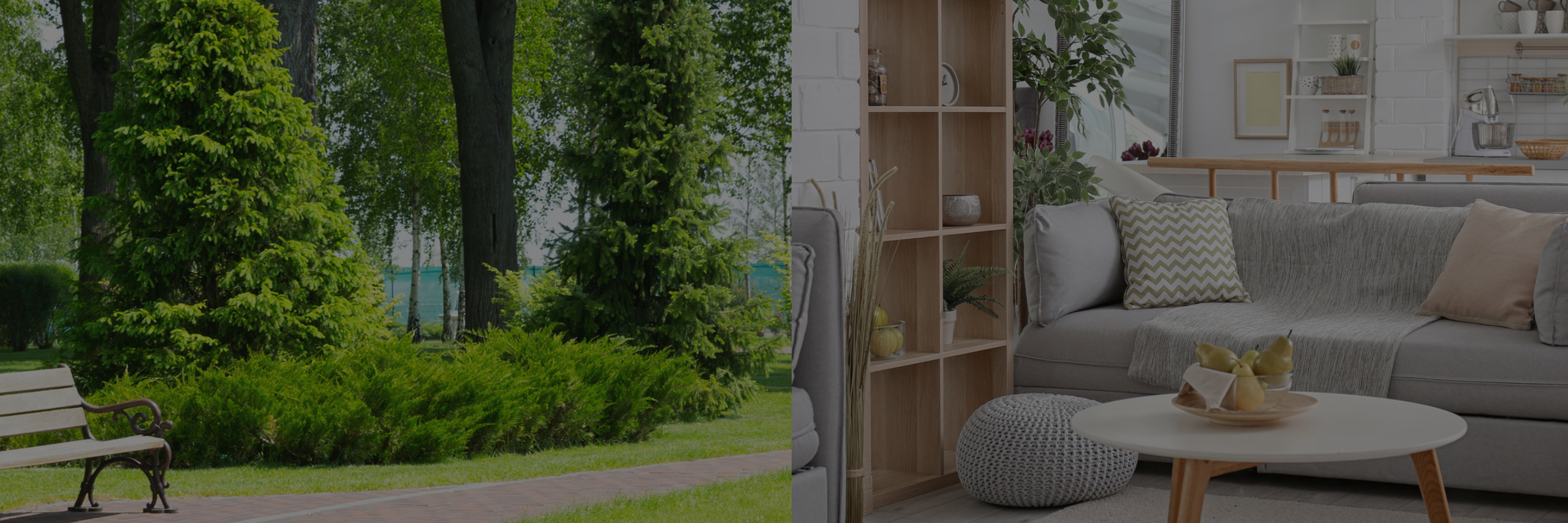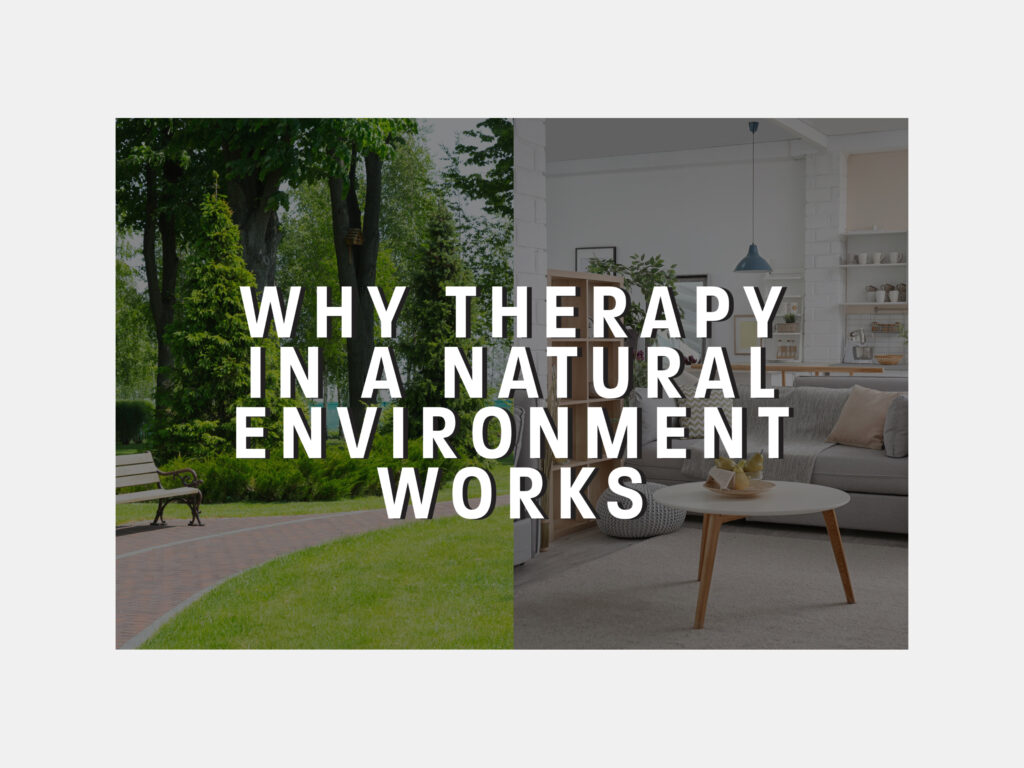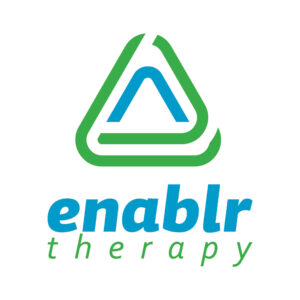
A therapy clinic might seem like the best place to get therapy services. Lots of staff and impressive therapy equipment can be alluring. However, therapy in an environment that is natural to you, like your home or office, can be even better. Enablr Therapy offers high quality therapy services in the location of your choice. We feel this approach will best meet the needs of our busy families. Without the restrictions from insurance guidelines, our therapist can address you or your family’s functional needs without the barriers of a clinical setting.
Why is Therapy In the Natural Environment Effective?
Maslow’s Hierarchy of Needs tells us that individuals learn best when they have their basic physical needs met, feel a sense of safety and security, and have a sense of connection and belonging. For most, one’s home is the place where they feel most comfortable, safe, and accepted.
The clinical setting and unfamiliar people can be overwhelming. This is especially true for people who have anxiety or sensory sensitivities. When the stress of adapting to a new place is removed, clients feel more comfortable and ready to learn new skills and techniques.
The Influence on Learning
In addition to meeting basic needs, learning at home, or in the applicable environment, better supports the phases of learning.
The Phases of Learning:
- Acquisition: Learning to do the skill
- Fluency/Proficiency: Doing the skill more accurately and quickly
- Maintenance: Doing the skill without instruction or cues
- Generalization: Applying the skill in new situations
Generalizing Your Skills
Let’s imagine being at a therapy clinic while trying to learn skills related to daily activities like dressing, bathing, cooking, or going up the steps to your home. In the clinic, the therapy provider would do their best to mimic your home setup, but they can not recreate it exactly. You don’t have your clothes, bathtub, cookware, cabinets, or the exact configuration of your steps and doorway.
So, instead of learning the actual skills that you need and working on fluency or refining the skill, you are immediately asked to generalize the skill into a new situation in your own home. This creates challenges to using new skills. There is an old saying that “practice makes perfect.” But the fact of the matter is that “perfect practice makes perfect,” not imperfect practice.
For some individuals, especially young children or adults with mental health concerns, cognitive, or learning issues, going to a clinic can be a big ask. Being able to work on daily life activities where they actually occur is best. Cooking in one’s own kitchen, playing with the child’s own toys and with the child’s siblings or friends, and dressing and bathing in the privacy and comfort of one’s own bathroom or bedroom are just a few examples. Having therapy in the actual space where the daily skills are used removes barriers to learning, decreases anxiety, and allows for better skill acquisition.
The Support of Family and Friends Matters
It is common knowledge that when an individual is trying to make changes in their lives, support and accountability can help. Having trusted people to share the journey, through the lows and highs, can help to keep an individual on track. Having therapy in your own environment helps to tap into this support. Clients are able to include any family or friends in their therapy sessions. In turn, family members and/or friends provide valuable encouragement and reinforcement to try new techniques and integrate them into daily routines.
This approach is so effective that standard practice is for children from birth to 3 years of age to receive state early intervention services at home. The therapy providers work with the child but also provide parent coaching to facilitate the implementation of interventions and social support. Clinic based therapy certainly has its place but it is important to also consider therapy in the natural environment like home or work as it may be a more viable and effective mode of therapy delivery.
References
Greaney et al. (2018, April). Social Support for Changing Multiple Behaviors: Factors Associated with Seeking Support and the Impact of Offered Support. Health Education & Behavior.
McLeod, S. (2020). Maslow’s Hierarchy of Needs. Simply Psychology.
PACE. (2015). How We Learn: Stage of Learning. The Professional Association of Cross-Cultural Consultants in Education



